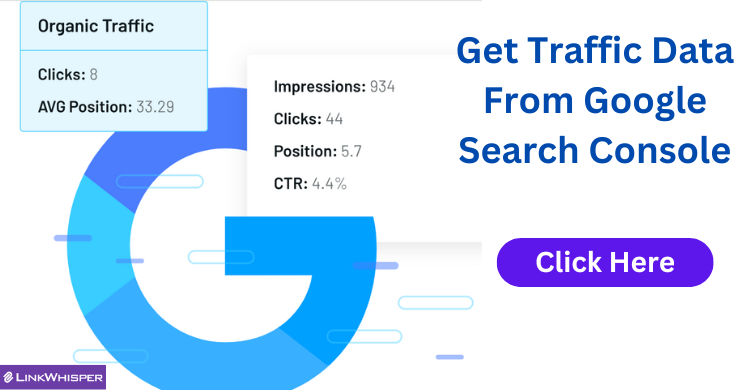It is common knowledge that individuals prefer to view videos instead of reading lengthy blog posts. A substantial 59% of executives share this opinion, indicating a vast audience. Therefore, optimizing video content for search engines can yield numerous advantages, such as extended viewing durations, amplified brand recognition, and heightened sales and leads.
Both Google and YouTube employ similar principles in their algorithms for ranking websites and videos. Their main objective is to deliver the optimum user experience. To streamline the search process, Google has integrated YouTube video search results with its own search results.
YouTube SEO tips to rank higher in search
Integrating your SEO tactics with your video marketing can effectively boost your overall marketing efforts. This uncomplicated method not only increases the duration of time users spend watching your videos, but also captures their interest, and aids future YouTube remarketing initiatives. Follow these instructions to enhance your YouTube SEO and attract more traffic and viewership.
1. Pick your keywords wisely
Every month, the competition for top rankings in SERPs intensifies as new entrants, products, and services enter the fray. As a result, it’s essential to differentiate your business and offerings. Conduct thorough keyword research and opt for less competitive terms that can still deliver volume if you’re unable to compete on highly competitive terms.
The PPC or SEO keyword research tools can also be used.
- WordStream’s Free Keyword Tool
- Google Keyword Planner.
- Moz or Semrush.
- Google search—search suggest, people also ask, related searches, and more!
2. Use keywords in your video title
The initial step is to comprehend the search purpose of your target viewers. It is acknowledged that the prevalent styles of search intention are informative, commercial, navigational, and transactional. Thus, it is crucial to align the theme of your video with the intent of your audience in order to enhance its visibility in search findings.
It’s important to have a clear understanding of the purpose behind your YouTube video and the key audience before creating it. If you wish to give a product review, use the product name in the video title and description. This may seem straightforward, yet many YouTube channels overlook this step, leading to lower search result rankings on both Google and YouTube.
3. Include the keyword in your video file
Although it may seem straightforward, including the target keyword in your file name can boost your video’s ranking on YouTube’s search results page. This optimization technique increases the likelihood of your video being discovered and viewed by more audiences.
Prior to uploading a newly created video, it’s possible to view the file name. YouTube employs this information to confirm the video’s suitability, therefore it’s crucial to update the file name prior to completing the upload process.
4. Optimize your YouTube video description
Having a well-crafted and SEO-optimized video description is crucial for achieving a high YouTube ranking. YouTube assesses every element of a video, including video descriptions, closed captions, subtitles, and video thumbnails, each time you make any modifications or updates to it. This evaluation can have either positive or negative consequences. As a result, it is critical to ensure that you get the details right the first time around.
To optimize your videos on YouTube, it is advisable to include your most significant keywords in the beginning of your description. Additionally, ensure that the description is brief and does not exceed 200 words. Essentially, focus on creating a useful description for viewers, and if it does not offer any value, consider discarding it.
YouTube is indicating to me through the video descriptions that the videos are pertinent.
- Include an overview of your video using natural language—not just a stream of keywords.
- Insert the most important keywords at the beginning of your description.
- Pick 1–2 main words that describe your video and feature them prominently in both your description and title.
- Use keyword tools such as Google Trends and the Google Ads Keyword Planner to identify popular keywords and their synonyms. Including these terms can help you to maximize traffic from search.
- Omit irrelevant words in your description because it creates a poor viewing experience and may violate Google’s policies.
5. Use video hashtags to drive YouTube search results
Hashtags (#) have become a useful tool across various social media platforms for users seeking content that provides solutions to their queries. To enable your video to be easily found by viewers searching for a particular hashtag, you can include hashtags in both the titles and descriptions of your YouTube videos.
The use of tags facilitates the process of searching by highlighting important trends. Placing a hashtag in the video description causes it to appear above the video title and becomes clickable. It is crucial to be mindful of where video hashtags are placed. If a hashtag is included in the video title, hashtags in the description will not be visible above the video title.
6. Select a video category
In order to locate a specific video with detailed filters, users have the option to choose the search feature that will display videos from specific categories. To increase the chances of being discovered by a user, it is crucial to categorize your video appropriately during the uploading process.
When uploading a video on YouTube, there are numerous categories to choose from, ensuring that there is a suitable category for your videos. You can opt for any of the category options available.







